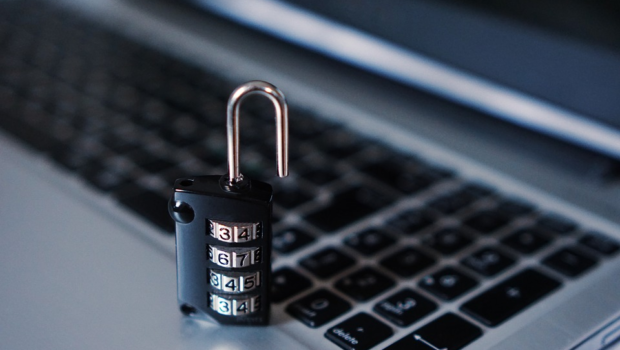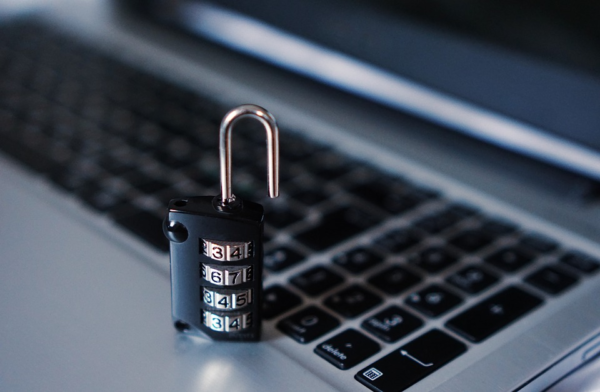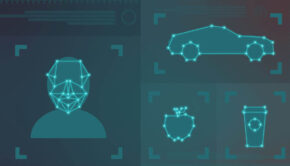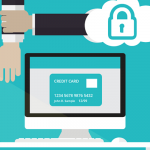Easy Ways to Keep Your Personal Data Safe
With technology marching forward, our personal information becomes more at risk. The war between tech keeping our information safe and what hackers can do escalates every day. Medical records, credit card information, and any information stored on websites are constantly at risk. With more and more information stored online, it is vital that cybersecurity efforts keep up.
Securing Your Credit Card
After the past couple of years, it’s almost assured that if you have a credit card, it has been compromised. For a while, it seemed like a major retailer suffered a leak every few months. Even the biggest online retailer, Amazon, was breached.
Some 62 percent of small businesses were exposed to credit card fraud in 2015, in part because of personal information leaks. While the overall issue is unlikely to be solved soon, measures are being taken to increase security. That same year, in the fourth quarter alone, there were 27 fraud attacks for every 1,000 online transactions, more than double from the first quarter of the year.
While the EMV chip in credit cards undoubtedly helped reduce fraud for in-person transactions when it was first released, that has clearly changed. While skimming a credit or debit card was the popular tactic before EMV chips, fraudsters are now using shimming to capture enough information from an EMV card to fool low-security machines.
Thankfully, cards with tap-and-go paying are fairly safe, as the limited amount of information transferred is not enough to clone the card. Otherwise, the best way to combat shimmers is to remain vigilant.
Enabling Two-Step Verification
Information online, however, is a different matter. An account breach of Google or Facebook, for example, could lead to the loss of a great deal of personal information and documents.
A step a personal user can take on many sites is to enable two-step verification (2SV). When a login attempt is detected from a new computer or device, or a new location based on the IP address, the account owner receives a text or email. This contains a one-time secondary code or password, which is then required to gain access to the account. This second layer of protection can tip you off to someone trying to breach an account, should you suddenly receive a text or email.
It’s not a foolproof solution, as social engineering, phishing, Wi-Fi network “sniffing” or intercepting the data can thwart 2SV. Despite this, it’s better to have than not, and makes it harder for hackers to access accounts. Plus, instead of a text or email, you could carry around a physical USB stick that acts as a “key” to the account instead, making your accounts and information much more secure.
Encrypting Data
Finally, you can encrypt your data so it is harder to decipher in the event that it is sniffed or otherwise intercepted. The easiest way to do this is to connect to the internet through a VPN. A virtual private network can best be thought of as a tunnel between your computer and the server. Instead of walking through an open field, where everyone can see you, you use the tunnel, which is much harder to detect. You can even set up VPNs for your smartphone.
While not a VPN, a lock symbol and a URL starting off with HTTPS instead of just HTTP also means your connection to a website is secure. Be sure that the lock icon is displayed when making a transaction, or your data may not be encrypted, and thus much easier for hackers to get their hands on.
While the war between hackers and security continues, it’s still fairly convenient for the average person to hamper fraud efforts. Take care when using credit and debit cards, enable two-step verification or use a USB key, and encrypt your data. With these combined strategies, your personal information is much harder for hackers to access.
















